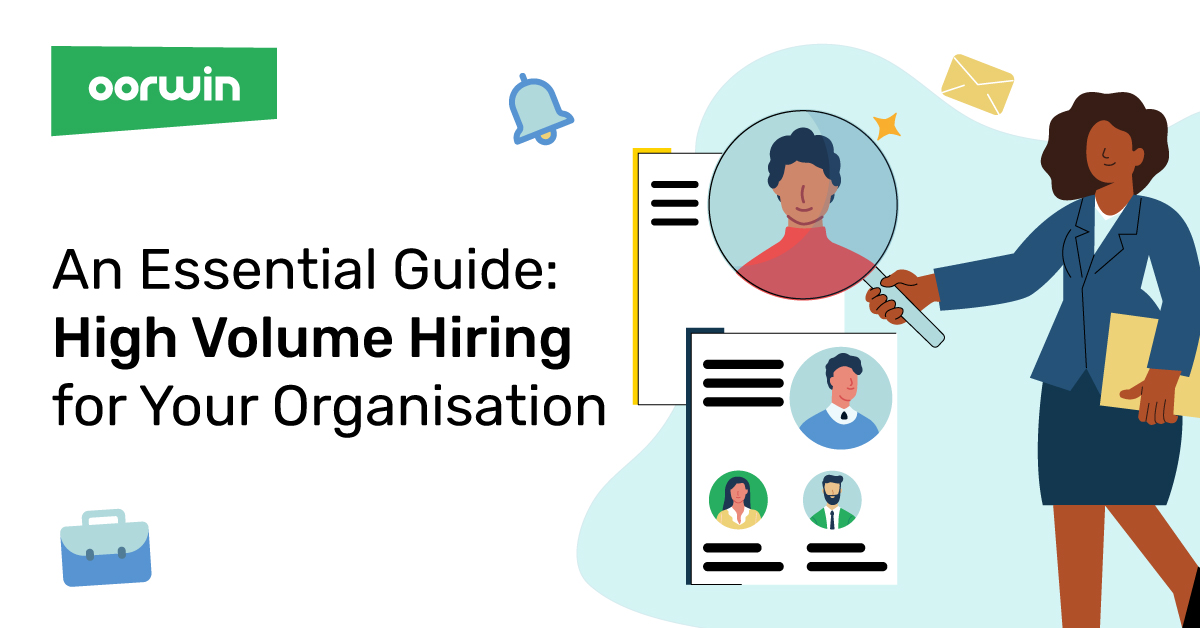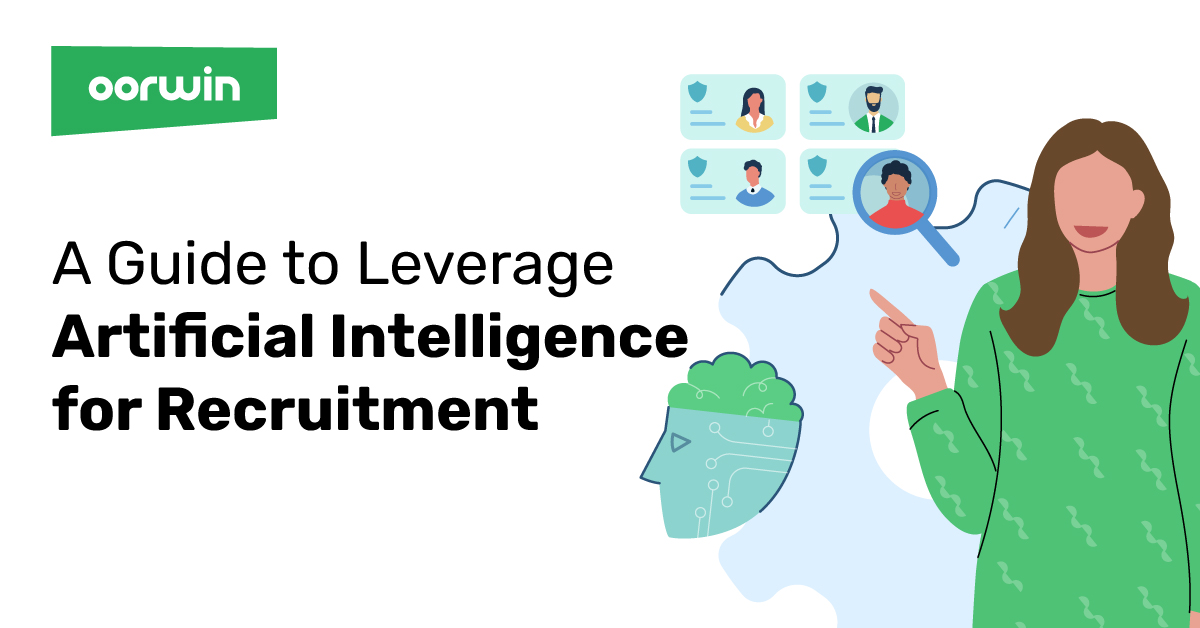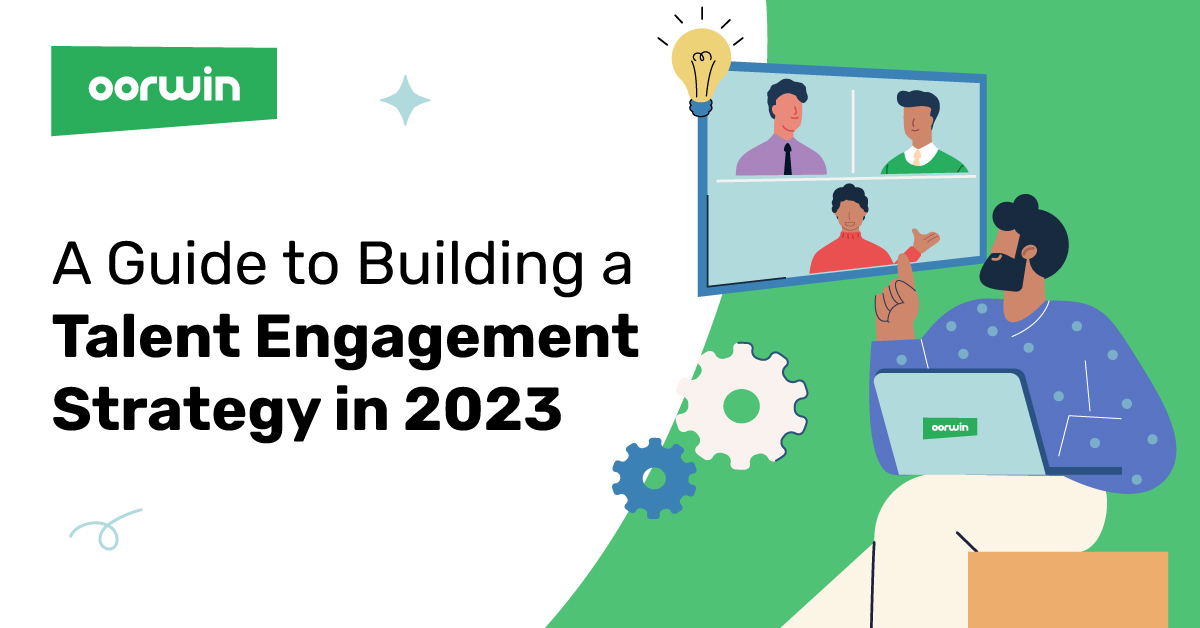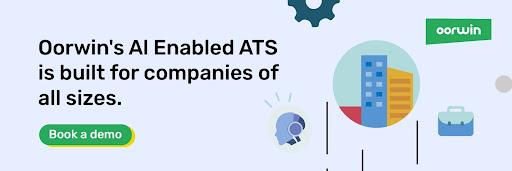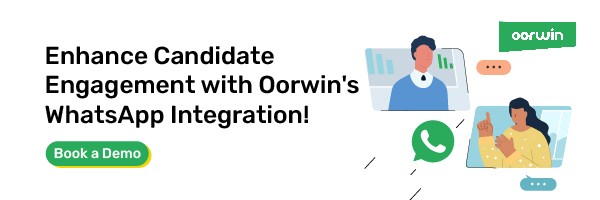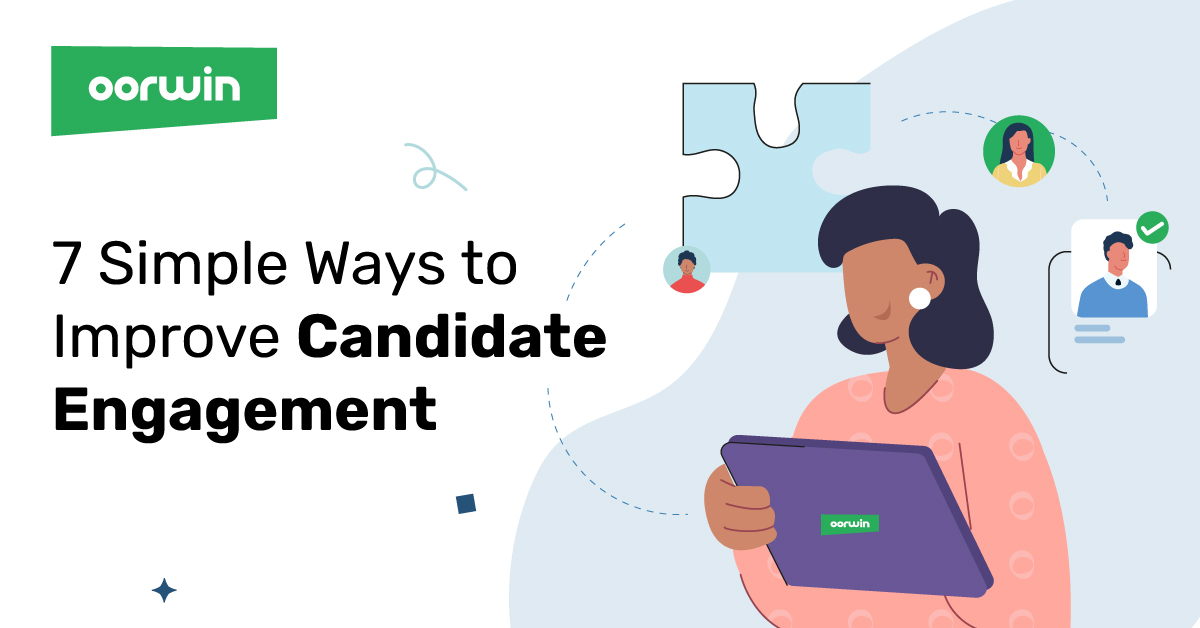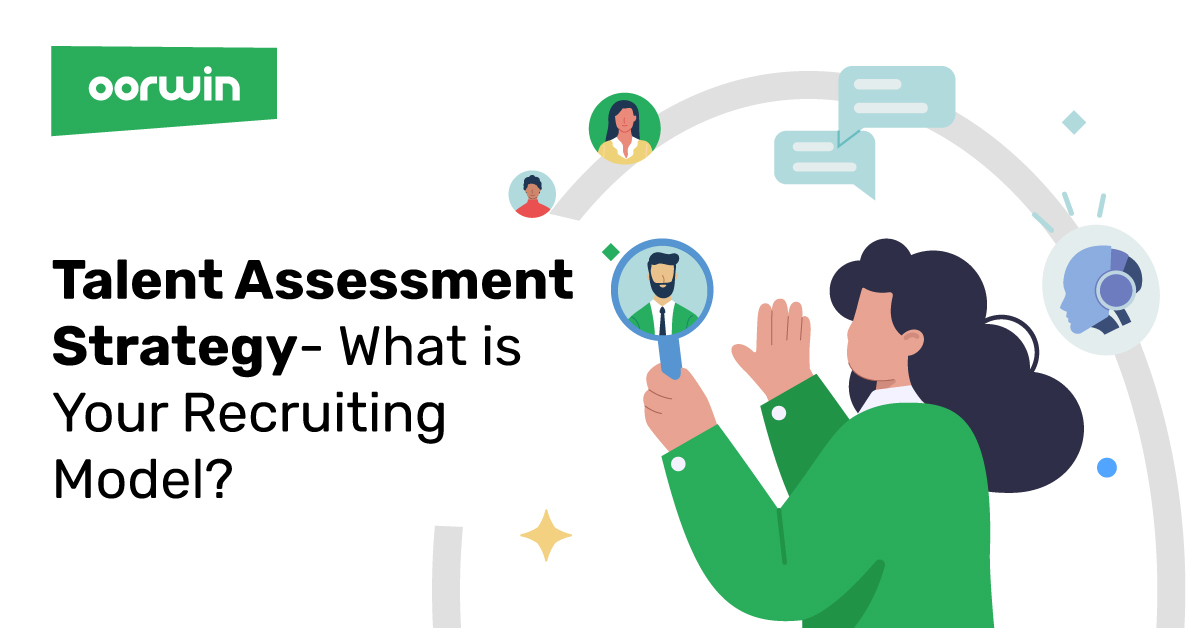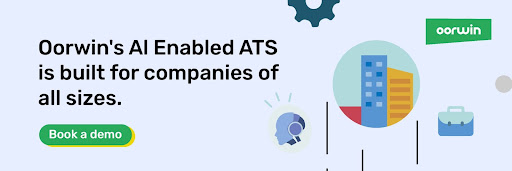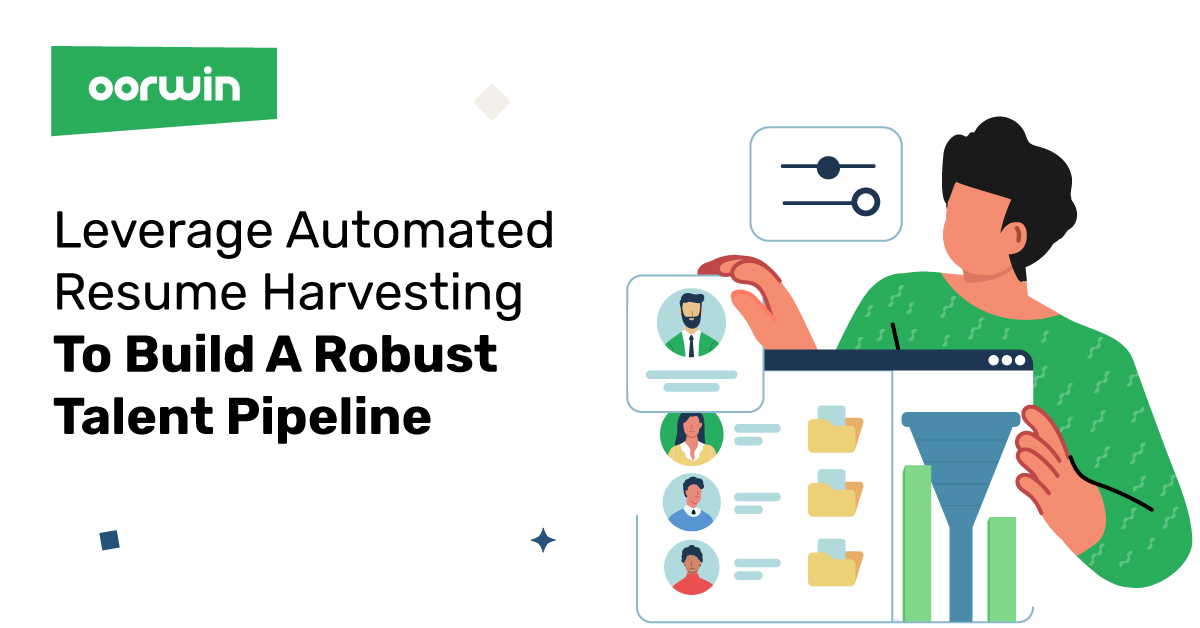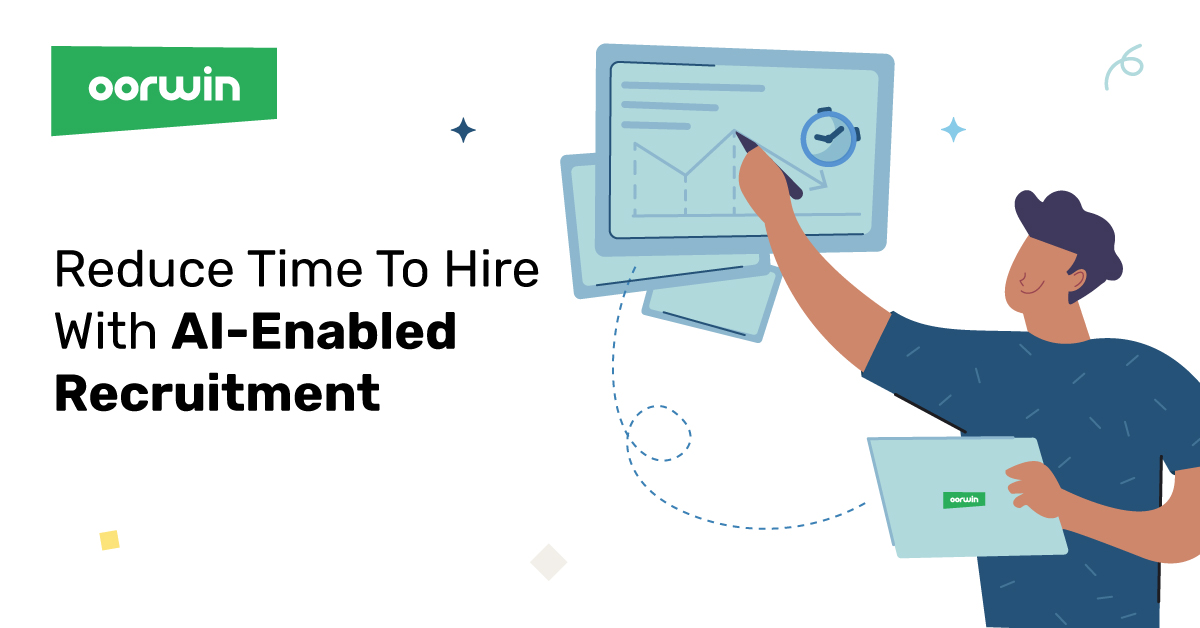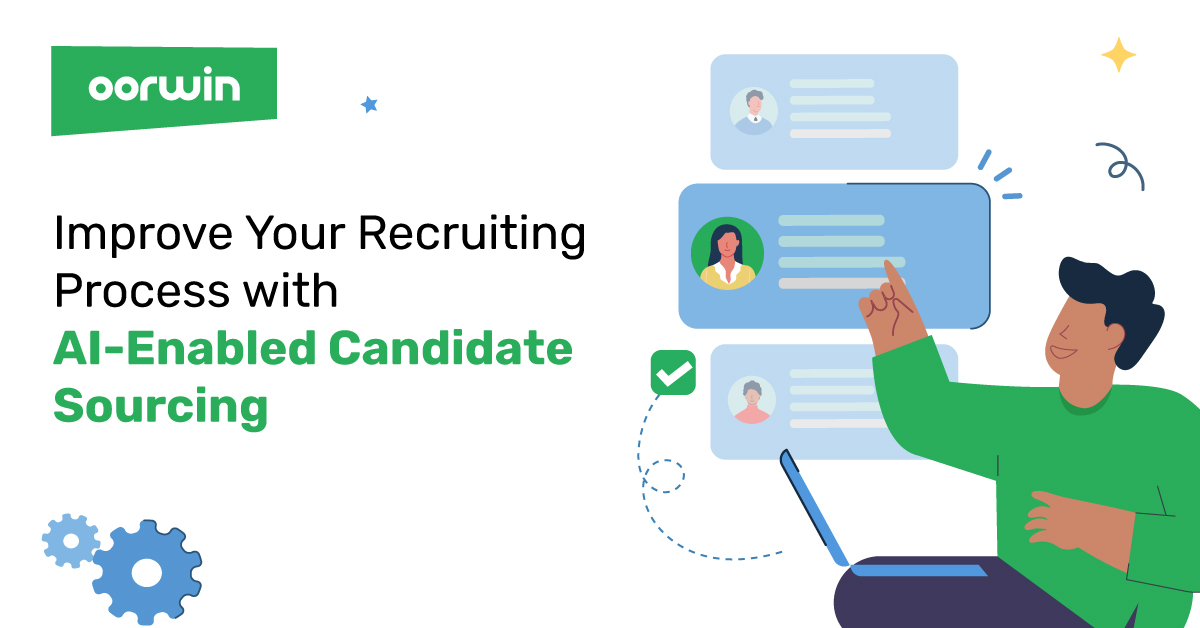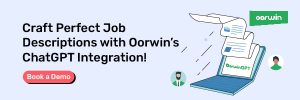What Is High-volume Hiring
High-volume hiring, also known as high volume recruitment refers to the process of bulk hiring in a set time. Typically, employers conduct high-volume recruitment to support quick business growth or staff a new department. Besides, seasonal drives or graduate recruitment may also call for high-volume hiring.
As per research, 73% of giant organizations choose this form of hiring, and often high-volume hiring calls for a different hiring strategy and approach than conventional small-scale recruitment.
Benefits of High-Volume Recruiting
High-volume recruiting offers significant advantages for companies seeking to efficiently find the workforce needed to accomplish a substantial amount of work. By quickly attracting many potential candidates, the company can expedite essential tasks and enhance its earnings. By developing an effective recruitment strategy, the company can identify high-quality candidates likely to remain dedicated to the organization for an extended period. High-volume recruiting is a time-saving and efficient approach for companies aiming to propel their operations forward.
High-Volume Hiring in Diverse Industries
Each industry’s high-volume recruiting strategy revolves around understanding the unique demands and characteristics of its workforce needs. Tailoring recruitment efforts accordingly ensures that organizations in diverse sectors can attract and retain top talent efficiently, contributing to their overall success.
Retail
In retail, high-volume hiring strategies revolve around seasonal fluctuations. Retailers adopt flexible hiring plans to efficiently onboard temporary staff during busy periods. Rapid onboarding ensures new hires can contribute to meeting customer demands. Hiring candidates with exceptional communication and customer service skills is a priority.
Hospitality
In the hospitality industry, high-volume hiring focuses on cultural fit and soft skills to deliver exceptional guest experiences. Robust training programs are invested in to upskill and retain talent due to the industry’s turnover. Accommodating various shifts and flexible scheduling is crucial to efficiently managing high-volume hiring during peak hours.
Customer Service
Customer service high-volume hiring involves multichannel recruitment, utilizing online platforms, job fairs, and employee referrals to attract diverse talent. Adopting applicant tracking systems and AI-powered tools streamlines screening and interviews, enhancing hiring efficiency. Assessing problem-solving skills is crucial, as customer service roles demand individuals adept at handling customer inquiries effectively.
High-volume Hiring Challenges
High-volume hiring can be challenging because of the number of roles hiring managers need to fill. Some common challenges that most organizations encounter when conducting volume hiring include the following:
Sourcing
Usually, HR managers need help contacting qualified candidates and searching for suitable job roles. For instance, when they declare a job opening on their official website, they need to retrieve the data of the candidates that use other channels for searching for jobs.
To overcome this challenge, hiring managers must develop a multi-channel recruitment strategy. It will help them to connect with job seekers across platforms. The hiring managers can use sourcing channels like job boards, social media, referrals, job marketplaces, classified ads, etc.
Time and Scheduling
HR managers may need help managing time and schedule efficiently when carrying out high-volume recruiting. While the front-level HR team completes the screening process and interviews, operation managers typically interview the candidates and make the final selection.
Scheduling time in a manner that fits well for the hiring members and candidates may take time to complete numerous interviews in a stipulated timeline. Hiring managers can combat this challenge by automating the entire scheduling and leveraging an integrated tool.
A comprehensive automation system may help recruiters wrap up things quicker. Besides reducing the span to hire candidates, incorporating advanced technology into the hiring strategy may help reduce marketing expenses, achieve a better quality of candidates, and improve candidate communication.
Diversity
A result-driven hiring strategy should always focus on diversity. The diversity horizon should be widespread – everything must be sorted from the hiring team and candidate pool to the sourcing channel. However, most employers need help achieving diversity within a stipulated timeline. To overcome this challenge, recruiters turn to different hiring platforms as they allow access to different demographics.
Organization
Organizing is crucial when employers screen numerous candidates. However, in most cases, recruitment officials collect applications via email and store them in the drive. It may lead to a solid mess. Instead, employers should centralize applications and communication to keep things organized. Companies may also consider an applicant tracking system to keep hiring data streamlined and accessible.
6 High-Volume Recruitment Strategies You Can Use in 2023
For effective bulk hiring, organizations can follow high-volume recruiting best practices. They may include the following.
Automate Manual Processes and Tasks
Bulk hiring can be tedious, but technology can act as a boon to ease it. Recent data claims that approximately 55% of HR professionals have turned to technology in 2022, and 49% believe that automation may help reduce biases. Automation allows recruiters to wrap up the job quickly and efficiently. Leveraging automation, employers can streamline different recruiting jobs, and besides high-volume recruitment, organizations can use it for regular hiring.
Leverage Data and Analytics
Employers can leverage hiring data and recruiting matrix when conducting high-volume hiring. Besides helping organizations optimize the hiring process, analytics, and data allow them to figure out areas of improvement. When checking out recruiting analytics, recruiters should consider data points, including candidate diversity, sourcing effectiveness, conversion rate, etc.
Talent Rediscovery and Returnship
Organizations can check out their old database and find candidates who have appeared for the interview before but couldn’t crack the job. This process is called talent rediscovery. Besides, recruiters can leverage returnship by reaching out to employees not associated with the organization but open to returning.
Develop a Candidate-First Application Process
Candidates often avoid a job application form that takes way longer to complete. Developing a well-managed and candidate-centric application process guarantees a fine-tuned interview experience. Moreover, it allows organizations to seamlessly hire at a large scale without overlooking the interest of suitable applicants.
Take Advantage of Networks
Organizations can use their networks to retain suitable candidates. For example, organizations can request their Twitter or LinkedIn connections to share their job posting on their networks. Slack channels or other online communities can also be used, but organizations must consider the branding aspect.
Being Mindful of Hiring Bias
Hiring bias often results in overlooking qualified candidates or considering unsuitable ones. While automated platforms aim to reduce discrimination, they can inadvertently replicate human prejudices. Ensuring a fair recruiting process involves training hiring managers and interviewers to recognize and avoid bias, implementing a standardized interview protocol, practicing blind hiring to omit irrelevant information, relying on assessments and data-driven evidence, and promoting transparency with clear communication to candidates about the process and criteria.
How Can Automation Help With High-Volume Hiring
When organizations leverage automation for setting up high-volume recruitment strategies, they can efficiently reduce the hiring time. Besides, recruiters can organize the entire process efficiently and flexibly. Leveraging automation, recruiters can manage email communications, schedule interviews, evaluate scorecards, and collaborate reports seamlessly.
With Oorwin’s efficient AI-enabled talent acquisition platform, organizations can source and hire talent smartly and rapidly.
Frequently Asked Questions
What Do You Mean by Volume Hiring?
Volume hiring refers to hiring numerous candidates in a short span. Usually, companies conduct volume hiring to facilitate business growth, fulfill seasonal drives, graduate recruitments, etc.
What Is Considered High Volume in Recruiting?
When an organization hires thousands of candidates quickly, it is considered high-volume in recruiting.
